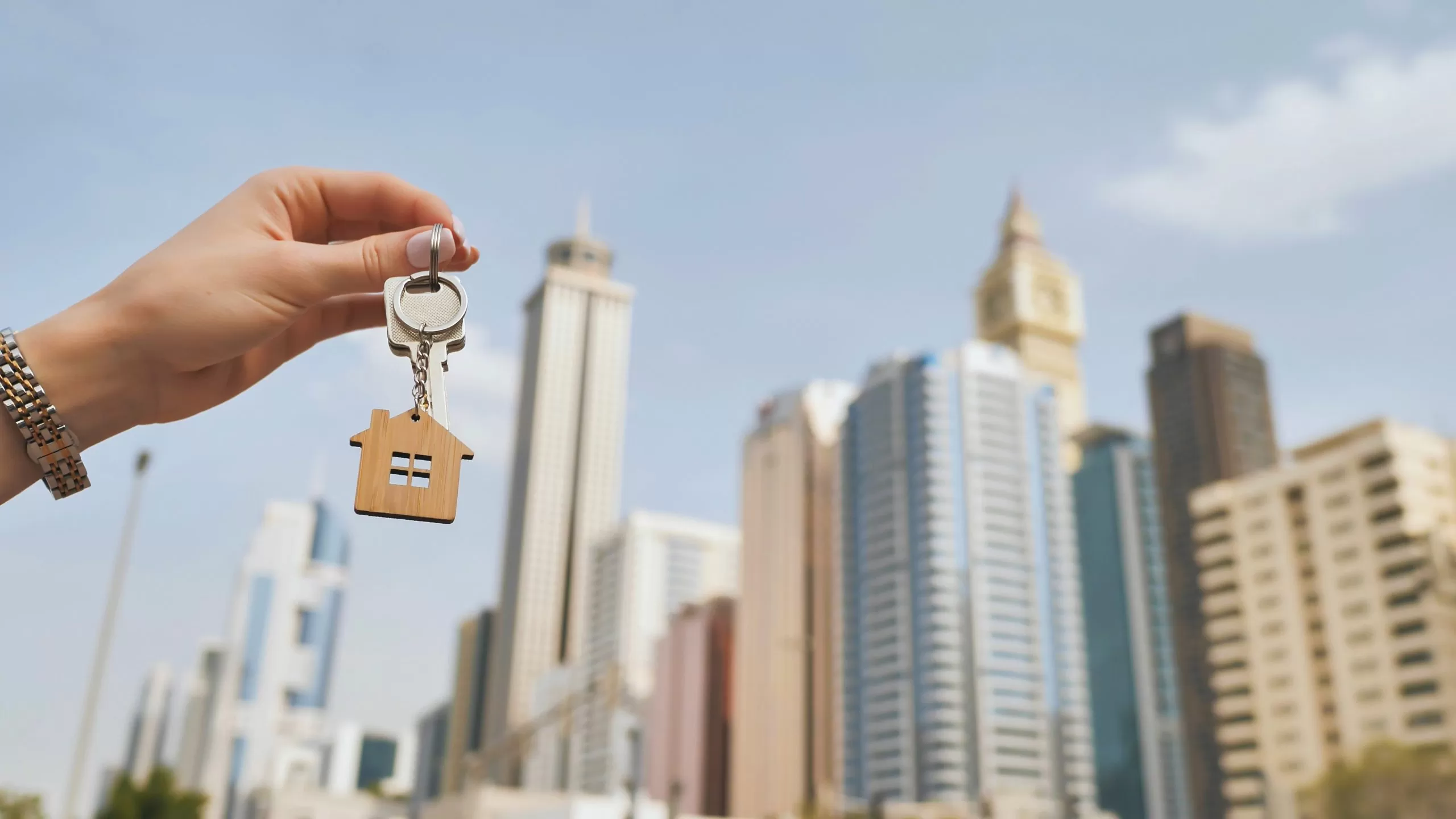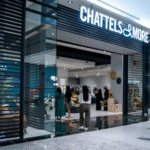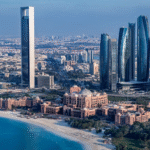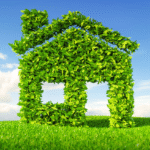Now Reading: Palm Jebel Ali Revived as Massive Waterfront Megaproject
-
01
Palm Jebel Ali Revived as Massive Waterfront Megaproject
Palm Jebel Ali Revived as Massive Waterfront Megaproject
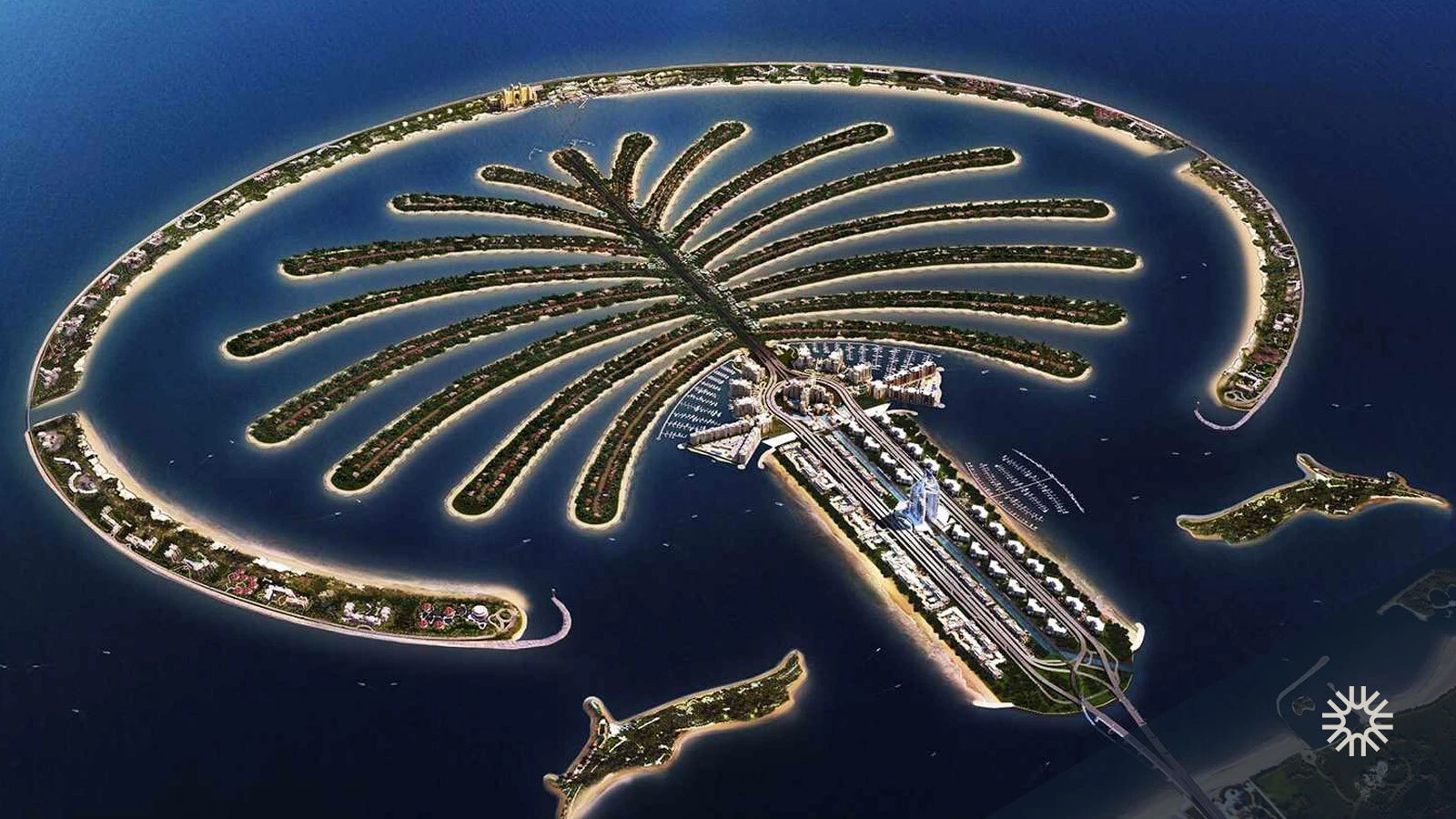
Introduction: A Vision Reawakened
Palm Jebel Ali revived as massive waterfront megaproject is more than just another chapter in Dubai’s real estate story it is the rebirth of an ambitious vision that had been paused for more than a decade. Originally launched during the city’s property boom of the early 2000s, Palm Jebel Ali was envisioned as a larger counterpart to Palm Jumeirah, offering a vast expanse of waterfront living, luxury resorts, and lifestyle amenities.
Now, with renewed momentum and a stronger economy, the revival of Palm Jebel Ali signals Dubai’s determination to continue pushing the boundaries of what is possible in urban development. It represents not only a physical transformation of Dubai’s coastline but also a powerful symbol of the emirate’s resilience, innovation, and ambition.
The Origins of Palm Jebel Ali
Palm Jebel Ali was first announced in 2002 by Nakheel, the master developer behind some of Dubai’s most iconic projects. Designed to be significantly larger than Palm Jumeirah, it was planned to host thousands of residences, hotels, and entertainment venues. Its unique design was meant to extend Dubai’s coastline, adding nearly 70 kilometers of beachfront.
However, following the global financial crisis of 2008, work on Palm Jebel Ali came to a halt. The project remained dormant for years, its incomplete silhouette visible off the Dubai coast as a reminder of both the emirate’s bold ambitions and the challenges of global markets.
Why Now? The Timing of the Revival
Palm Jebel Ali revived as massive waterfront megaproject comes at a time when Dubai’s real estate market is experiencing unprecedented growth. Record property transactions in 2023 and 2024 have highlighted the city’s ability to attract both local and global investors. Demand for waterfront living remains particularly strong, with buyers willing to pay a premium for properties that offer direct access to the sea, stunning views, and world-class amenities.
Dubai’s leadership has also emphasized long-term urban expansion strategies, with a focus on creating sustainable, innovative, and livable communities. Palm Jebel Ali fits perfectly into this vision, offering not only residential options but also tourism, retail, and lifestyle components that will enhance Dubai’s global reputation.
The Scale of the Megaproject
Palm Jebel Ali is set to be a megaproject on a scale that dwarfs many other developments worldwide. Covering an area of approximately 13.4 square kilometers, the island will be more than double the size of Palm Jumeirah.
Plans for the revived project include:
- Thousands of luxury villas, apartments, and townhouses
- Multiple five-star hotels and resorts
- Retail and entertainment hubs
- Parks, promenades, and community spaces
- Smart infrastructure integrating sustainability and advanced technology
The vast size of Palm Jebel Ali ensures that it will not just be a residential enclave but a full-fledged city-within-a-city, catering to residents, tourists, and investors alike.
Redefining Waterfront Living
One of the defining promises of Palm Jebel Ali revived as massive waterfront megaproject is its reimagining of waterfront living. The project will prioritize open spaces, community integration, and seamless access to the water. Each residential cluster will be designed to maximize sea views, with beaches and marinas forming the core of the lifestyle offering.
Unlike traditional urban developments, Palm Jebel Ali seeks to create a harmonious balance between nature and luxury. From yacht clubs to pedestrian-friendly boardwalks, the island will be designed as a destination where people can live, work, and play in a uniquely coastal environment.
Sustainability at the Heart of Development
Modern megaprojects cannot afford to ignore sustainability, and Palm Jebel Ali is being revived with a clear focus on environmental responsibility. Developers are expected to incorporate green building standards, renewable energy solutions, and water management systems to minimize ecological impact.
Green spaces and biodiversity zones will likely be integrated into the master plan, ensuring that the development not only provides luxury but also fosters environmental stewardship. For a project of this magnitude, sustainability is not an option but a necessity—and its inclusion reflects Dubai’s growing commitment to sustainable urban development.
Economic Impact and Investor Appeal
Palm Jebel Ali revived as massive waterfront megaproject is not only a real estate milestone but also a major economic catalyst. The construction, development, and subsequent operation of the island are expected to generate thousands of jobs, stimulate local businesses, and attract billions of dollars in foreign investment.
For investors, the project offers significant potential. Waterfront properties in Dubai have historically demonstrated strong capital appreciation and rental yields. With Palm Jebel Ali set to provide a new wave of prime waterfront homes, investor demand is expected to be intense.
Competition and Differentiation
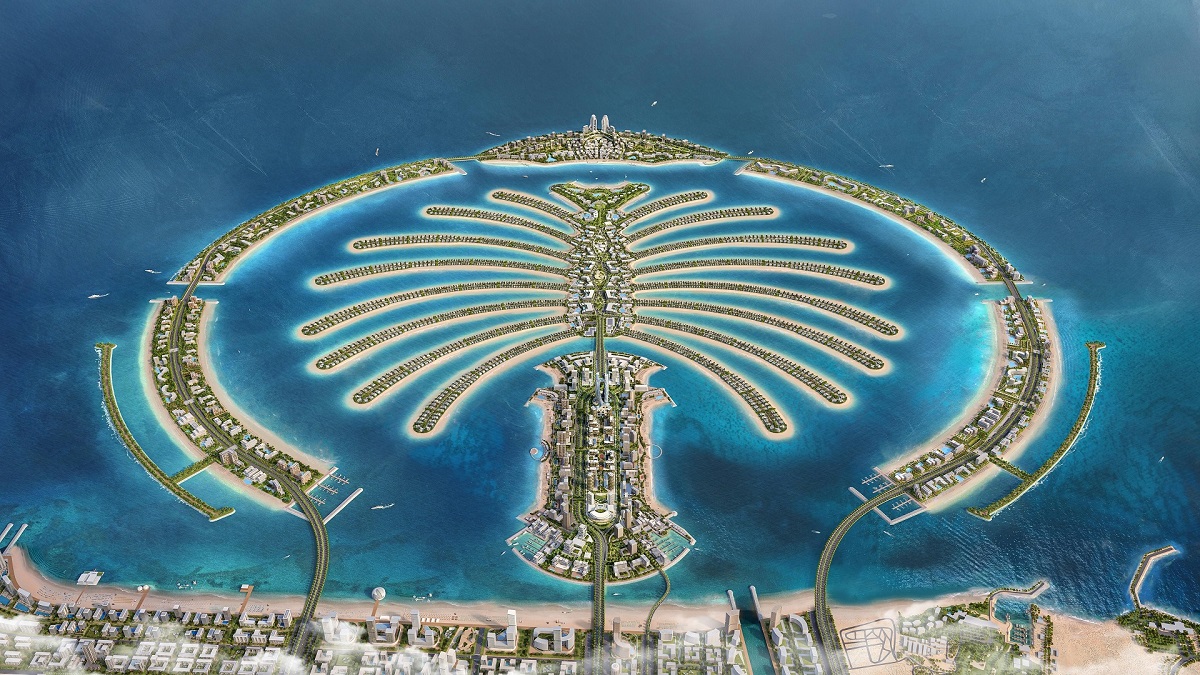
Palm Jebel Ali enters a market where competition is fierce, with projects like Palm Jumeirah, Bluewaters Island, and Dubai Islands already drawing global attention. However, its sheer scale and innovative design set it apart. The promise of creating a larger, more integrated waterfront community positions it as a unique proposition, not just in Dubai but globally.
By combining luxury, scale, and innovation, Palm Jebel Ali has the potential to redefine Dubai’s property market once again, much like Palm Jumeirah did nearly two decades ago.
Tourism and Hospitality: A Global Attraction
Beyond residential and investment appeal, Palm Jebel Ali is expected to serve as a global tourism hub. Its hotels, resorts, and entertainment venues will cater to millions of visitors annually, strengthening Dubai’s already robust tourism sector.
The island’s design will likely include theme parks, water-based attractions, and cultural venues, making it a destination for families and travelers seeking more than just luxury accommodation. This emphasis on tourism ensures that Palm Jebel Ali will contribute significantly to Dubai’s goal of attracting 25 million annual visitors.
The Human Dimension: Communities and Lifestyles
Palm Jebel Ali revived as massive waterfront megaproject is not just about bricks and mortar; it is about building communities where people can thrive. The development will provide schools, healthcare centers, mosques, and retail spaces to ensure residents have access to everything they need within close reach.
By emphasizing community living alongside luxury, the project caters not only to international elites but also to families, professionals, and long-term residents seeking stability and belonging in Dubai.
Symbolism and Legacy
Palm Jebel Ali’s revival carries deep symbolic value. For many, it represents unfinished business—an ambitious vision put on hold during difficult times. Its rebirth underscores Dubai’s resilience and refusal to let challenges define its trajectory.
The project will stand as a testament to the emirate’s ability to dream big, pause when necessary, and return even stronger. In this sense, Palm Jebel Ali is not just a property development but a narrative of determination, vision, and legacy.
The Road Ahead
While the revival of Palm Jebel Ali has been officially announced, the journey ahead will involve years of planning, construction, and delivery. Stakeholders will be keenly watching timelines, pricing strategies, and design innovations.
For the project to succeed, transparency, timely execution, and adherence to sustainability commitments will be key. If delivered as envisioned, Palm Jebel Ali could become one of the most significant urban developments of the 21st century.
Conclusion: A Landmark Reimagined
Palm Jebel Ali revived as massive waterfront megaproject is a bold reminder of Dubai’s enduring spirit of innovation. From its origins in the early 2000s to its revival in 2025, the project tells a story of ambition, patience, and resilience.
For investors, it offers a unique opportunity to be part of a transformative development. For residents, it promises an unparalleled lifestyle rooted in luxury and community. For Dubai, it reaffirms the city’s place as a global leader in visionary urban planning.
As Palm Jebel Ali rises once again, it carries with it not just the promise of new homes and hotels but the weight of a dream reborn one that will shape Dubai’s coastline, economy, and identity for generations to come.
Follow us on: Instagram
Read More-Abu Dhabi Development Fund Hits $52bn in Investments: A Milestone in Global Development




